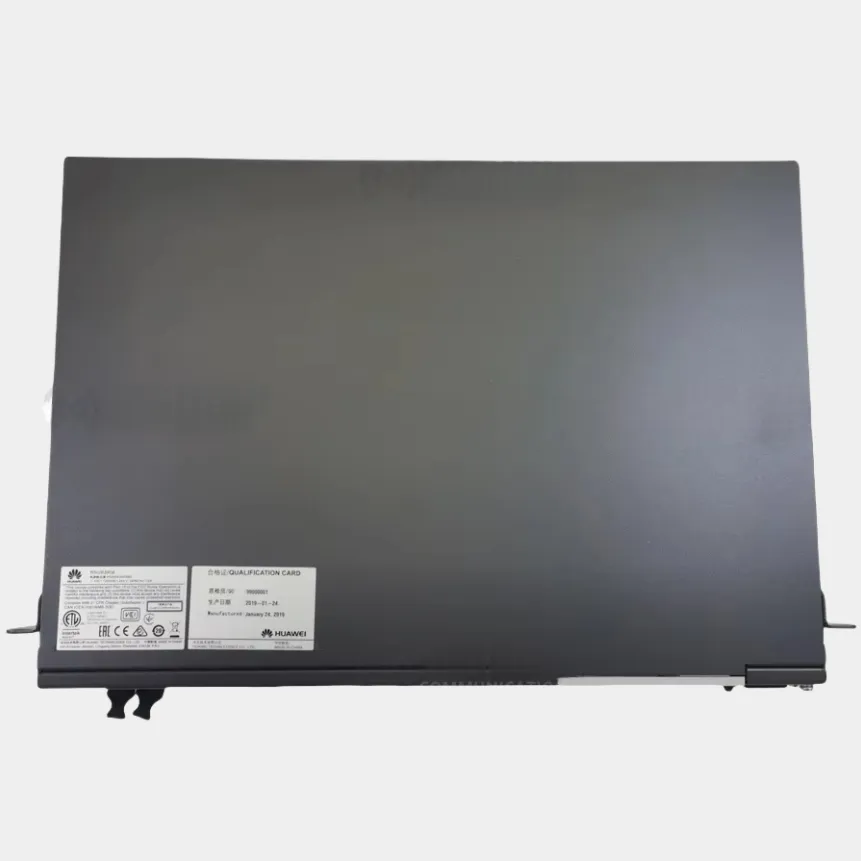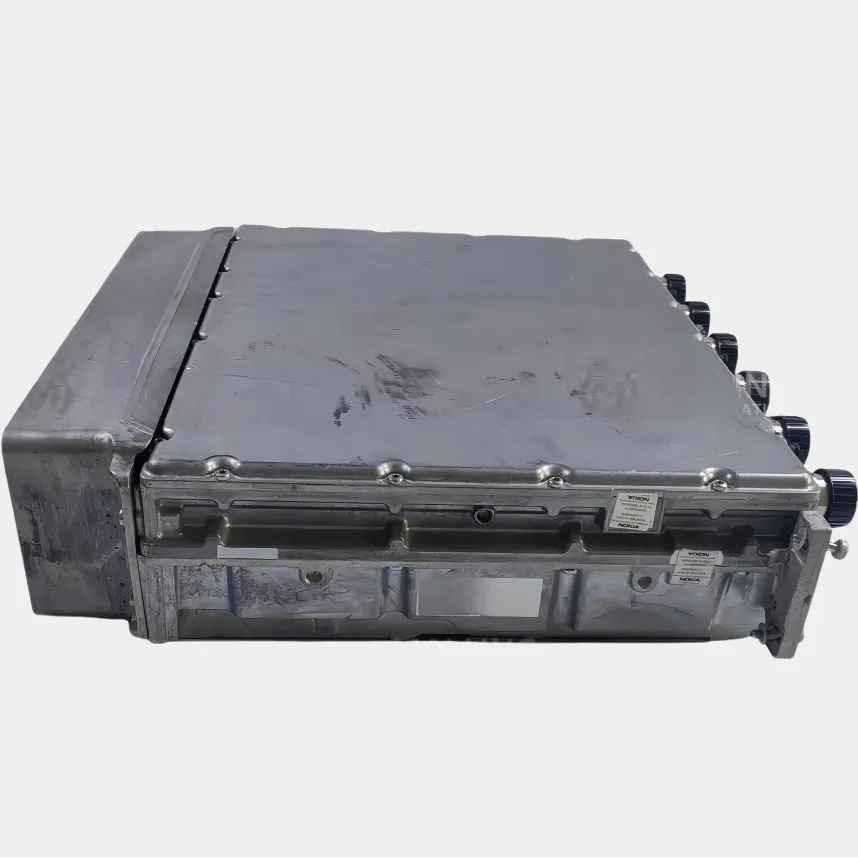Jednosmjerna Pretvorba Signala
Kao centralni uređaj za bespovratnu komunikaciju s mobilnim stanicama, BTS ostvaruje dvosmjernu pretvorbu između signala centralne mreže i bespovratnih signala, osiguravajući neprekinuti prijenos glasa, podataka i drugih usluga za krajnje korisnike.


